Mustapha
Senior Member
February 26 addition:
Then: Church looking S across Lombard. June 20 1912.
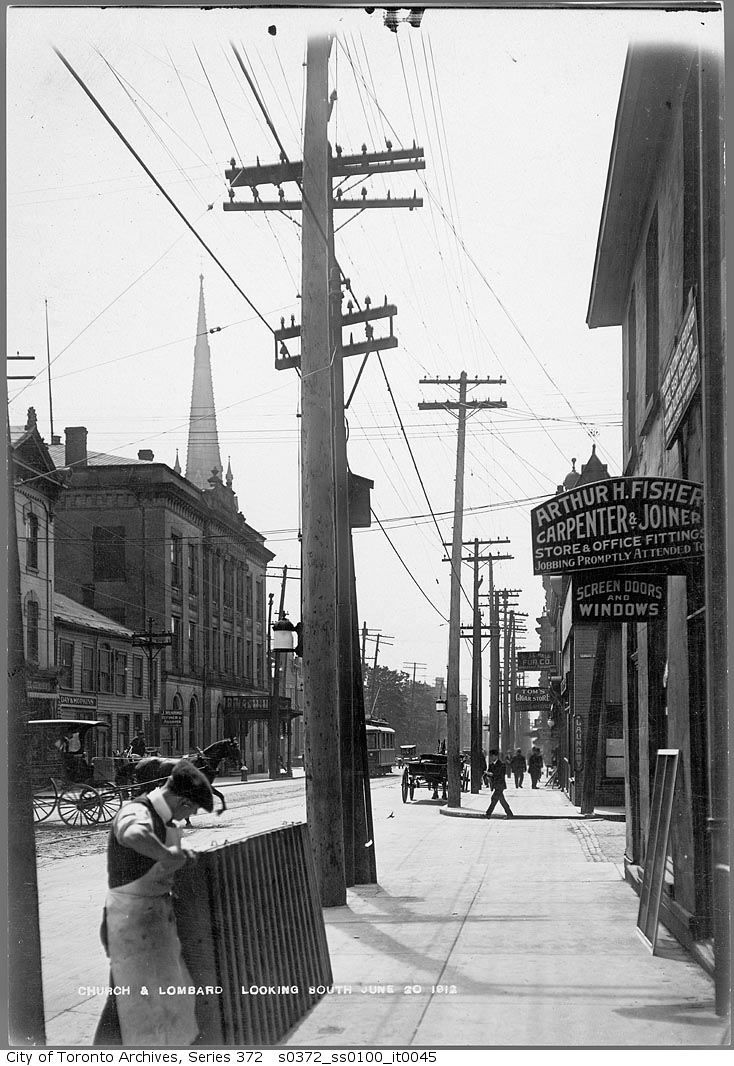
Now: December 2009.
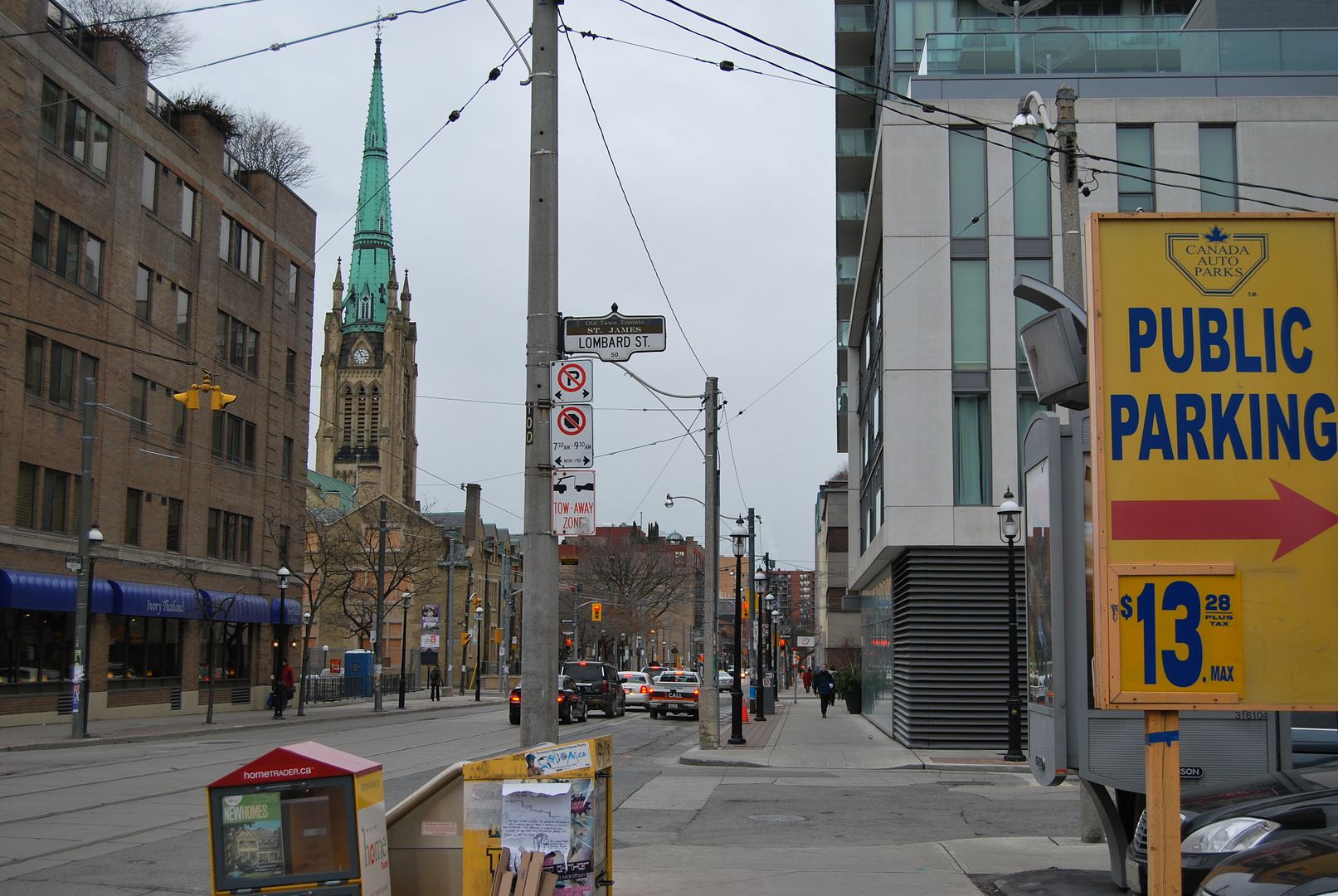
Then: Church looking S across Lombard. June 20 1912.

Now: December 2009.



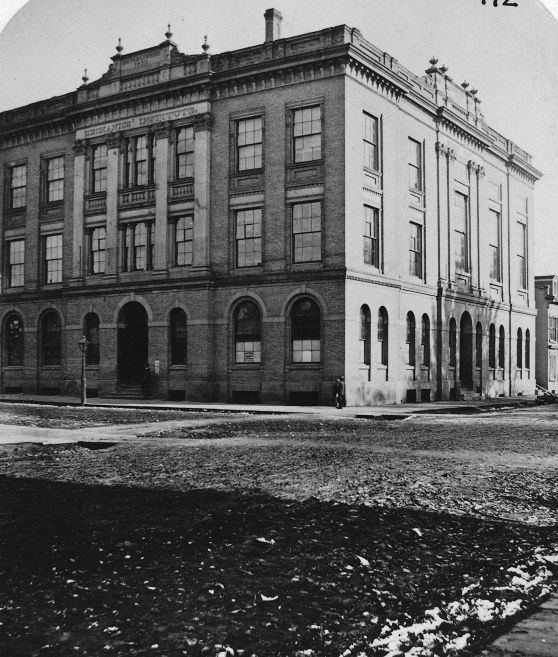
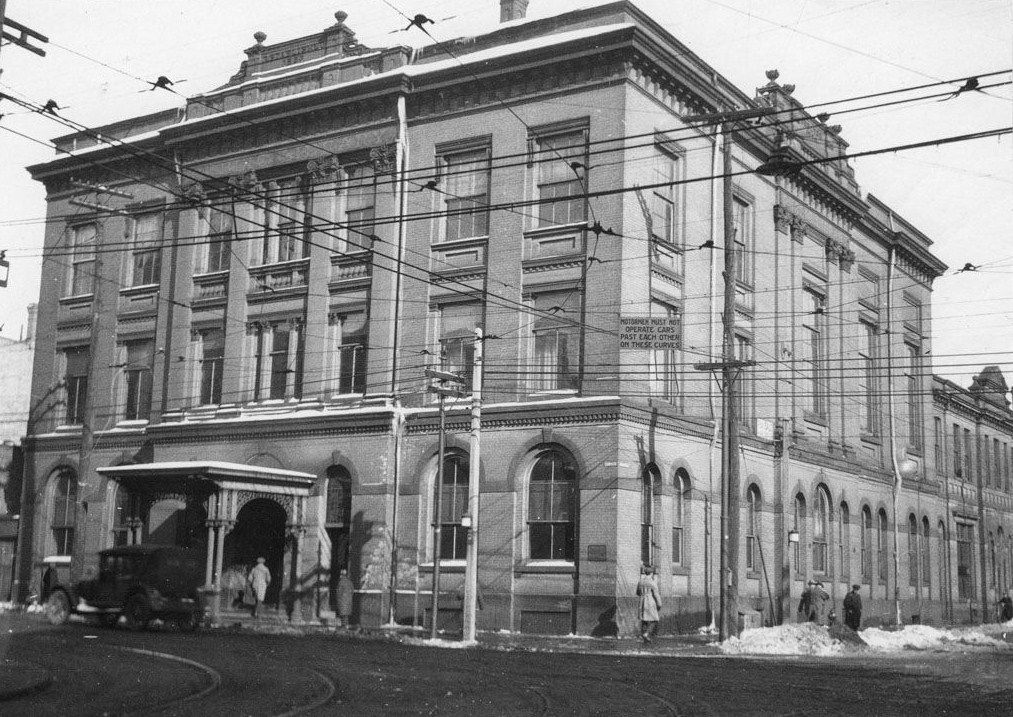
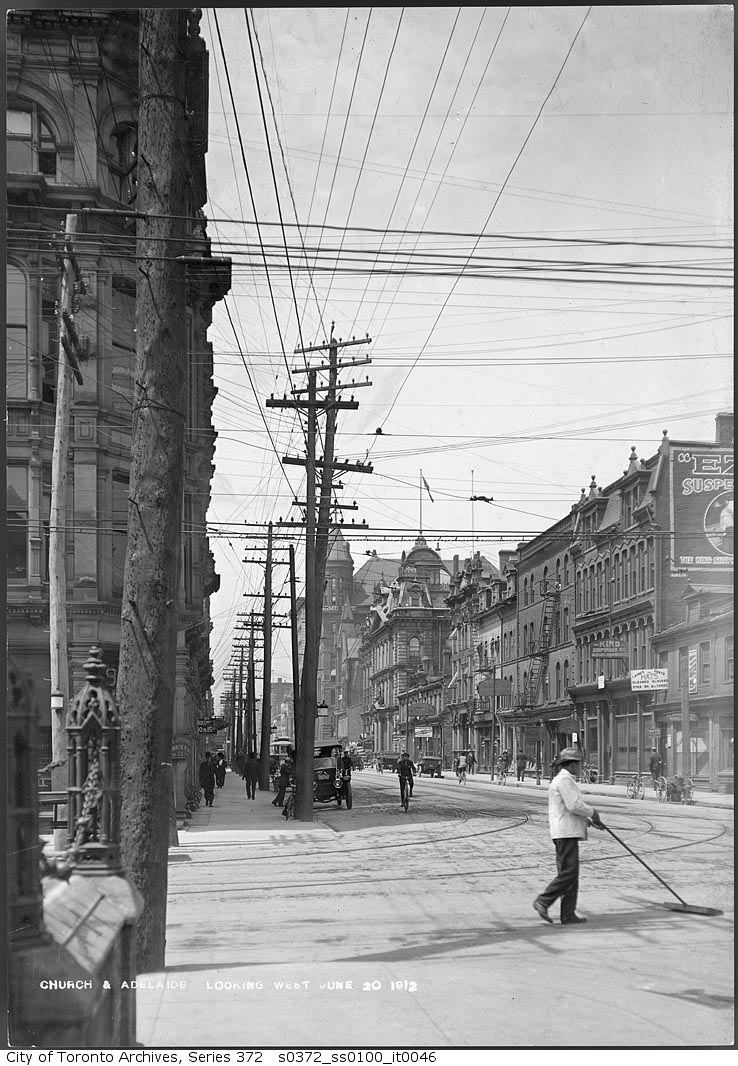

Thanks for more childhood memories, Lone. Used to play at the Humber near Rountree Mills Park and haven't been up there in a couple of decades, so was sort of shocked to see Finch carry right on through now.
Perhaps someone can refresh my memory, but was there something called "Italian Gardens" on the north side of Finch near Islington? We moved to the area in the early 60s when I was very young, but I clearly remember thinking I wasn't allowed to go to the gardens because i wasn't Italian (I may have this confused with a Baby Point memory ...)

Seeing photos like this of old Toronto just makes me want to cry. As great as Toronto is now, imagine how much more interesting it would have been if it had more historic districts.


Cumberland and Storm's Mechanic' Institute would have made a handsome pairing with William Thomas's St. Lawrence Hall ( 1850 ), both built soon after the first Great Fire of Toronto, which destroyed commercial and residential buildings and the cathedral. They almost marked the north western and south eastern extent of the fire. Here is the newspaper reading room at the Institute, circa 1900:
http://www.torontopubliclibrary.ca/images/abo_his_mechanics_institute_big.jpg
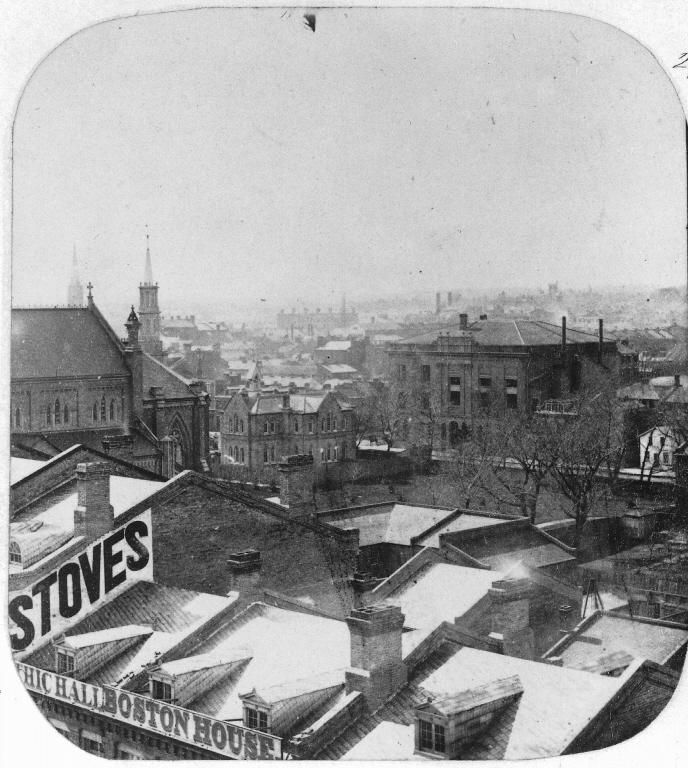
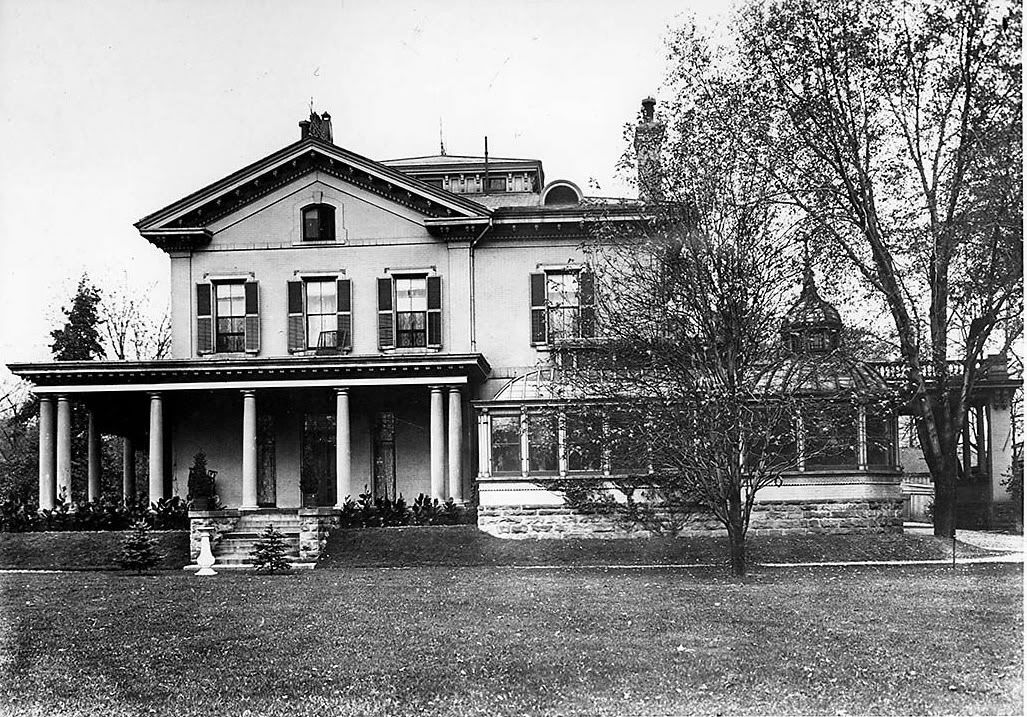
Here's an old skewl post from last Sept. I think.

Rowntree, wow... I remember going there a few years ago to photograph the bridge and the trail up the west side of the Humber that used to be part of Rowntree... it was an important crossing once, before they finally put Steeles across the Humber in the early 80s. It's amazing just how many gaps there were in the road network in north Etobicoke till very recently... even Finch wasn't finished till the 90s.
I don't know about Italian Gardens, but there's an arboreal stretch there on the northwest corner of Finch and Islington that's part of a facilty for troubled kids, and has been since at least the 50s. You can see its driveway in the shots I posted. It used to connect to Islington on the west side, but it's now cut off from the road system by the new course of Finch west of the Humber.

Cumberland's own house "Pendarvis" 33 St. George St (1857-1860):

Looking northwest across the Lawrence Avenue East bridge over the East Don in 1955 (by James Salmon), and across where it was, in 2003 (several dozen yards south of current Lawrence Avenue). The guard rail visible in the 2003 shot is a DVP offramp.









